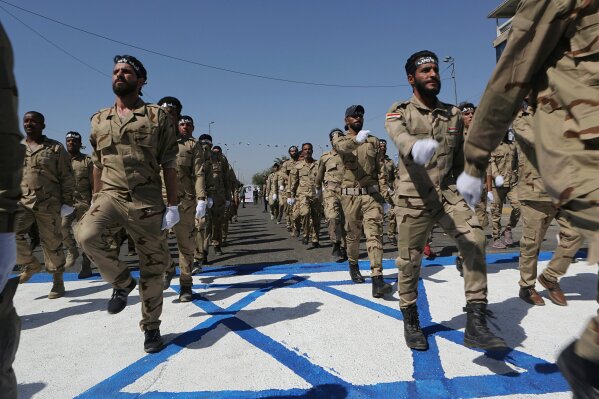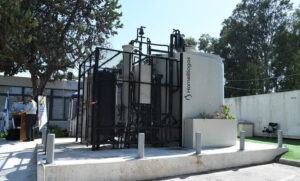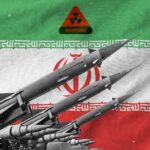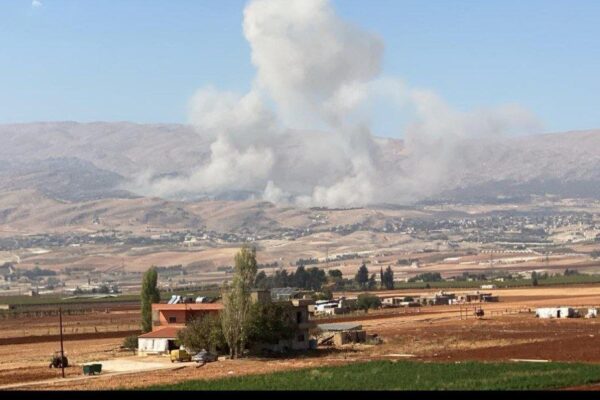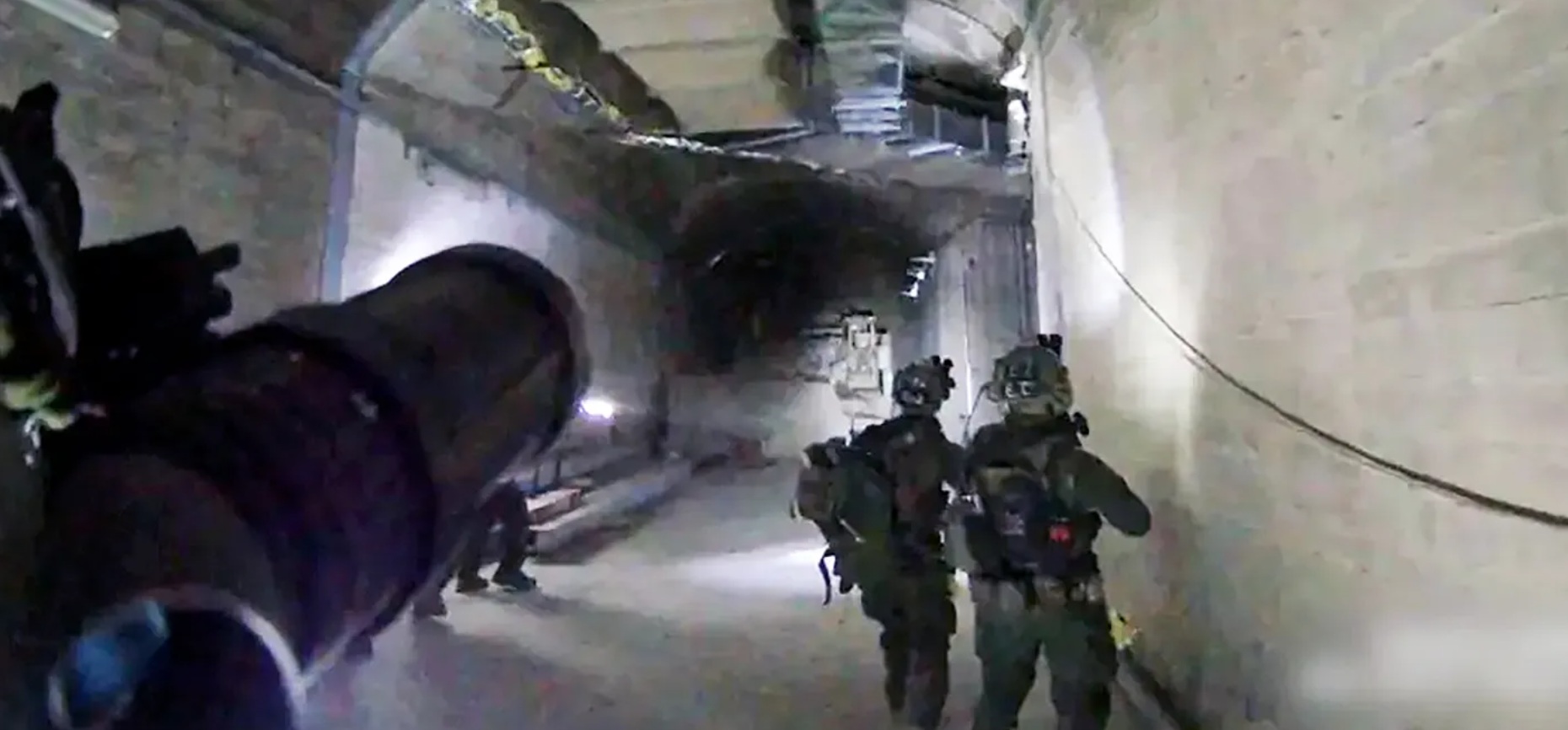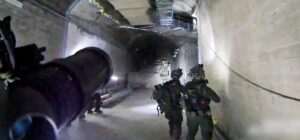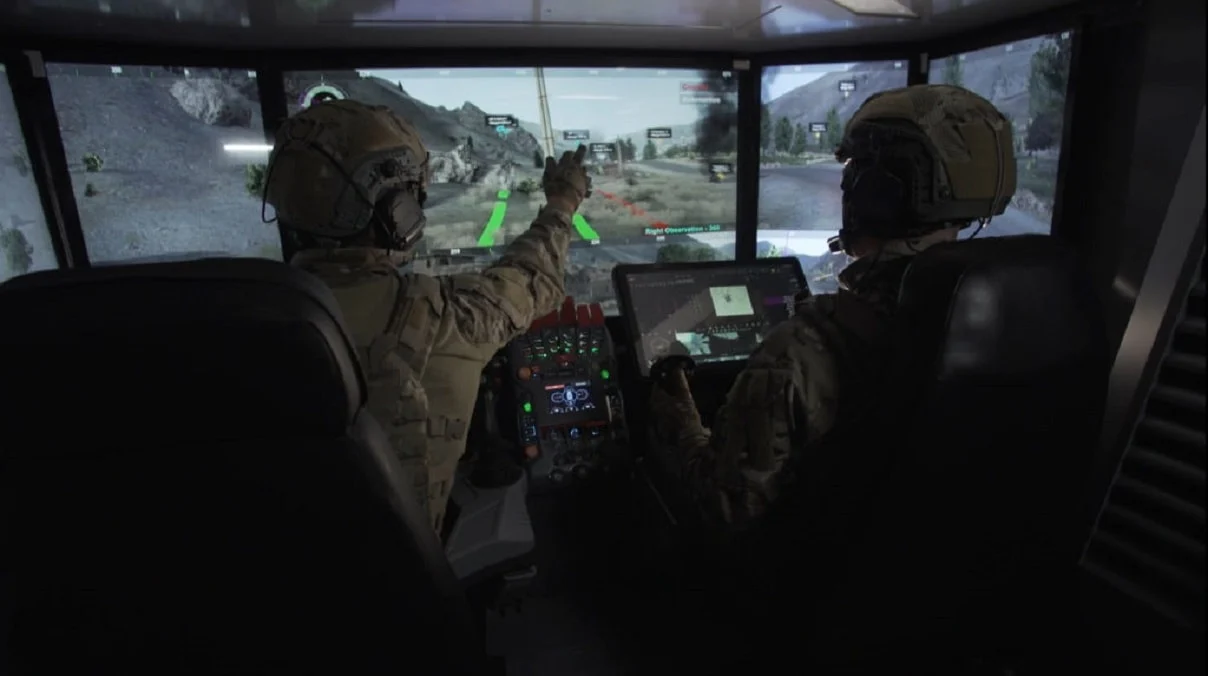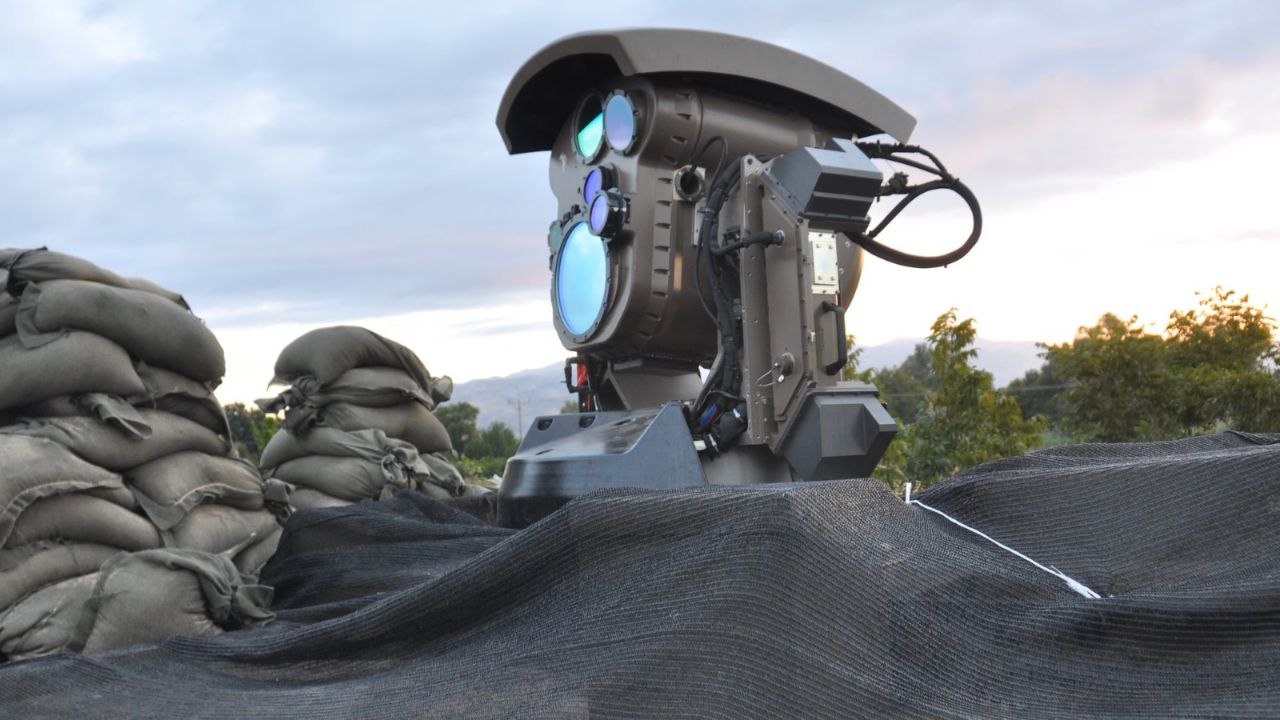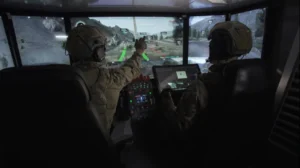The first significant strike came in 2010, when the Stuxnet cyberattack, attributed to Israel, crippled centrifuges at Natanz.
By Hezy Laing
While today it may seem hard to believe, Israel once had excellent relations with Iran.
The roots of the Iran-Israel conflict trace back to the 1979 Islamic Revolution, which led to the severing of diplomatic ties and a dramatic shift—from previously close relations under the Shah to open hostility.
During the 1980s and 1990s, tensions intensified as Iran began supporting proxy groups like Hezbollah and Hamas.
Israel, in turn, adopted a more aggressive posture, particularly following the collapse of the Soviet Union and the Gulf War.
Since the mid-1980s, both nations have been locked in a proxy conflict, marked by covert operations, assassinations, cyberattacks, and support for opposing factions across the Middle East.
Though anti-Israel rhetoric has been part of the Islamic Republic’s ideology since 1979, explicit threats to annihilate Israel emerged publicly with the presidency of Mahmoud Ahmadinejad in 2005.
His statements—such as Israel “vanishing from the pages of time” and repeated calls for the destruction of the “Zionist regime”—drew international concern.
By 2008, Iran’s support for groups like Hamas escalated. In response, the IDF launched military operations, including Operation Cast Lead in Gaza (2008–2009).
In May 2012, Iran’s Military Chief of Staff declared the nation’s strategic goal was “the full annihilation of Israel.”
Throughout August and September of that year, Iranian military and religious leaders issued a series of public warnings forecasting Israel’s destruction in the event of conflict.
Israel, meanwhile, had been preparing for a possible confrontation with Iran for over two decades, focusing on intelligence gathering and contingency planning for Iran’s nuclear ambitions since 2001.
The first significant strike came in 2010, when the Stuxnet cyberattack—widely attributed to Israel and the U.S.—crippled centrifuges at Iran’s Natanz nuclear facility.
In 2012, Israeli officials conducted extensive air force exercises simulating long-range strikes. In 2018, the Mossad seized a cache of Iranian nuclear documents from Tehran, revealing secret aspects of Iran’s nuclear program to the world.
From 2020 onward, Israel ramped up its covert operations: sabotage at Natanz, targeted assassinations of Iranian nuclear scientists, and strikes on missile infrastructure.
A cyberattack in 2021, also attributed to Israel, caused a blackout at Natanz.
Between 2022 and 2023, Israel escalated its efforts further—carrying out targeted strikes on Iranian assets in Syria and Lebanon and increasing sabotage activities inside Iran.
Then, in April 2024, Israel launched its first airstrike on Iranian soil, targeting air defense and missile installations.


